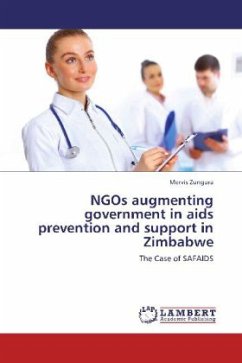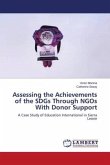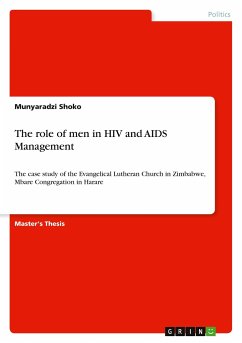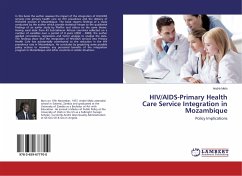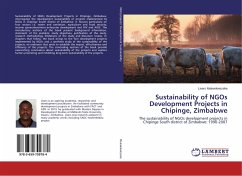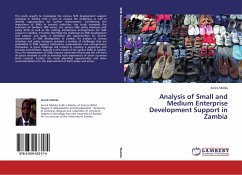HIV/AIDS first struck Zimbabwe in 1985. Zimbabwe's response to the disease was weak and selective. HIV/AIDS was predominantly viewed as a problem of an infectious organism causing death. Little or no room was given to understanding the factors that determine the effectiveness of mechanisms for prevention which include advocacy of abstinence and sticking to one faithful partner during the first years of the disease's inception. Life expectance has decreased, orphanage as well as child headed families are increasing at an alarming rate. The devastating impact of the epidemic which is at its worst in the Southern African sub region (Zimbabwe inclusive) is benchmarked against a historical context of widespread socio-economic vulnerability of its population. Socio-economic vulnerability has contributed to risky behaviours despite the dangers associated with such behaviours.
Bitte wählen Sie Ihr Anliegen aus.
Rechnungen
Retourenschein anfordern
Bestellstatus
Storno

